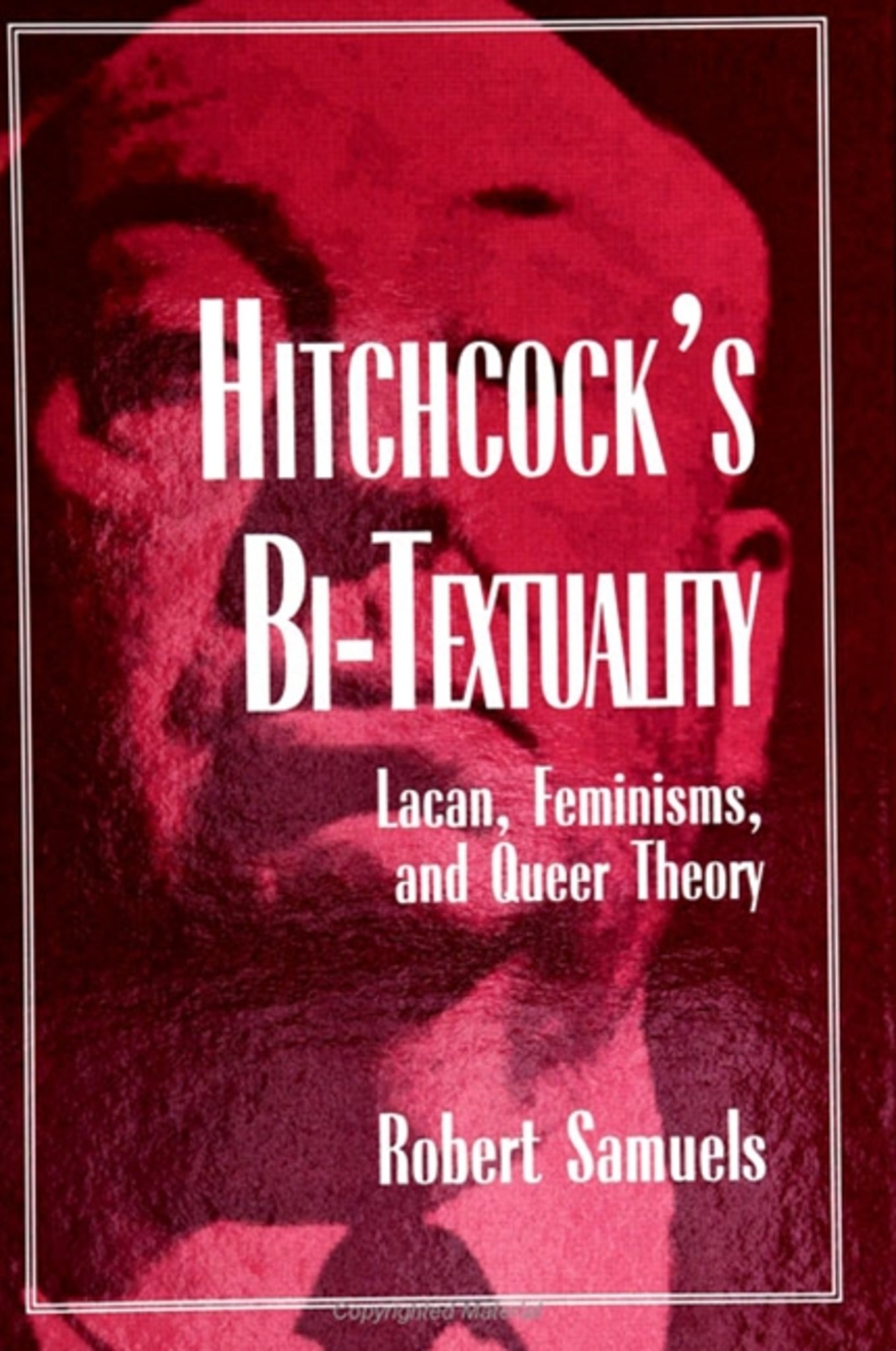We're sorry. An error has occurred
Please cancel or retry.
Hitchcock's Bi-Textuality

Some error occured while loading the Quick View. Please close the Quick View and try reloading the page.
Couldn't load pickup availability
- Format:
-
18 December 1997

Uses close readings of Hitchcock's films to combine an articulation of Lacan's theory of ethics with a discussion of recent theories of feminine subjectivity and queer textuality.
This book combines three elements: an articulation of Lacan's theory of ethics; a discussion of recent theories of feminine subjectivity and queer textuality; and close readings of Hitchcock's films. Hitchcock's Bi-Textuality argues that just as Freud posited a fundamental ground of bisexuality for every subject, we can affirm a form of universal "bi-textuality" that is repressed through different modes of representation, yet returns in unconscious aspects of textuality (dreams, word play, jokes, and symbolism). In order to illustrate this notion of bi-textuality, this work discusses how Hitchcock's films are extremely heterogeneous and present multiple forms of sexual identification and desire, although they have most often been read through the reductive lens of male heterosexuality.
Throughout this book, the work of Julia Kristeva, Kaja Silverman, Judith Butler, Luce Irigaray, and Slavoj Zizek is examined. One of the central concerns is the way that different psychoanalytic and feminist theories tend to equate the Real and the unconscious with the feminine. This feminization of the Real tends to block the awareness of the bisexual nature of the unconscious. In order to return to Freud's fundamental theory of polyvalent sexuality, recent notions of queer sexuality and textuality are explored. This book extends psychoanalytic theory by incorporating new feminist and queer conceptions of sexuality and representation.


"The approach is theoretically current and employs psychoanalytical and feminist criticism in inventive and illuminating ways. The book brings together a great deal of sophisticated material in a coherent way. There are few book-length studies of Hitchcock's work, and few that present cohesive psychoanalytic readings." — Liahna Babener, Central Washington University
"This book offers a clear, authoritative, and complex understanding of Freudian and Lacanian concepts—the Real, the gaze, bisexuality—that have recently become enormously important for scholarly research." — Marshall W. Alcorn, Jr., George Washington University
Acknowledgments
Introduction
1. The Lady Vanishes, but the Letter Remains: Julia Kristeva and the Maternal Real(m)
2. The Fear of Women and Writing in Spellbound: Kaja Silverman and the Question of Castration
3. Rebecca, Repetition, and the Circulation of Feminine Desire: Judith Butler and the Materiality of the Letter
4. Notorious: Luce Irigaray, Feminine Fluids, and Masculine (Be)Hind-Sight
5. Vertigo: Sexual Dis-Orientation and the En-Gendering of the Real
6. Marnie: Abjection, Marking, and Feminine Subjectivity
7. Rear Window Ethics: Laura Mulvey and the Inverted Gaze
8. The Birds: Zizek, Ideology, and the Horror of the Real
Epilogue: Psycho and the Horror of the Bi-Textual Unconscious
Notes
Index



